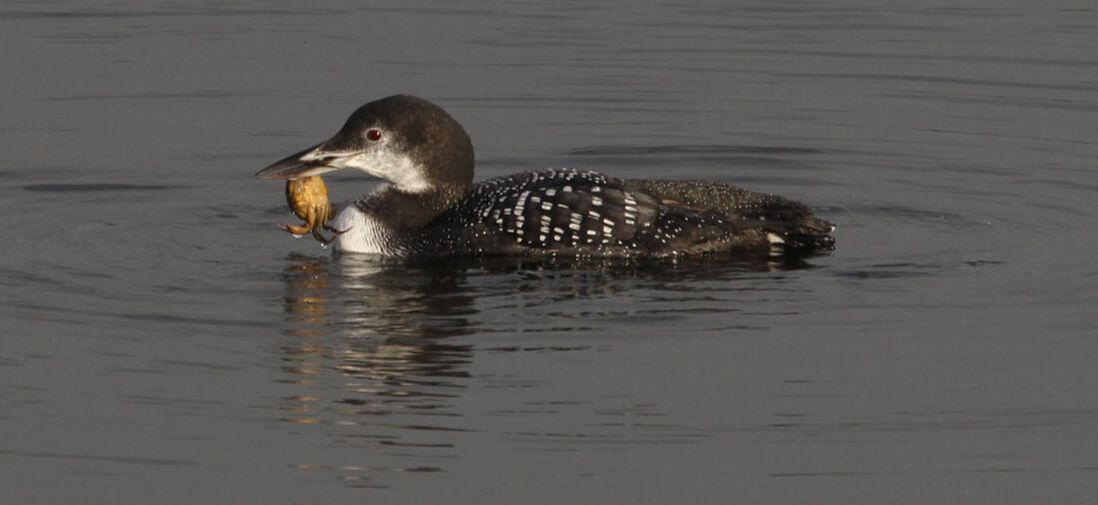|
The first day of the year renews enthusiasm for many birdwatchers, with one group in North Wales clocking up 110 species. Anglesey Bird News confirmed that 128 species were seen on the island on Monday, and that 230 were reported there during the previous 12 months.
Waxwings continue to draw admirers across the region, with the largest flocks of up to 60 in Kinmel Bay, 40 in Rhuddlan, 36 in Bodelwyddan and 30 in Ruthin, and others at RSPB Conwy, Saltney, Old Colwyn and near Llanddulas. A Great Grey Shrike plays hard-to-get in Clocaenog Forest while a Glossy Ibis and Great White Egret are at Abererch, near Pwllheli. Jack Snipe were at RSPB Conwy, Traeth Dulas, Bangor harbour and below Aled Isaf Reservoir, and 13 Purple Sandpipers at Rhos-on-Sea. Two Long-tailed Ducks are off Benllech and another commutes between Llanfairfechan and Glan y Môr Elias. Three Great Northern Divers are off Borth-y-gest, two in Porthmadog Harbour and others at Ynys Llanddwyn, Cemlyn, Penmaenmawr and Anglesey’s Inland Sea. A Black Redstart was at Holyhead’s Fish Quay and five Slavonian Grebes in Cymryan Strait. Although North Wales’ celebrations were damp and breezy, 2024 kicked off with fireworks across the world, just days after their effects on birds had been quantified for the first time. Research led by the University of Amsterdam, and published in the journal Frontiers in Ecology and the Environment, used weather radar to show that in The Netherlands, the New Year’s Eve peak saw 10,000 to 100,000 times the normal number of birds taking to the air compared to other nights. The highest responses were within 5km of fireworks, but flight activity remained higher than normal up to 10km away. Radar imagery of the responses were shared on social media site X (formerly Twitter). Larger-bodied species, such as geese, ducks and gulls, in open landscapes responded more readily to the sounds and lights. Since fireworks are set off in almost every community, the study suggests that across the country, millions of wintering birds are disturbed. Although they have yet to measure the impact of this synchronised disturbance on birds’ life chances, the researchers have called for fireworks-free zones, especially around wetlands and coastal farmland.
0 Comments
Leave a Reply. |
Bird notesA weekly update of bird sightings and news from North Wales, published in The Daily Post every Thursday. Archives
July 2024
Categories |

 RSS Feed
RSS Feed
